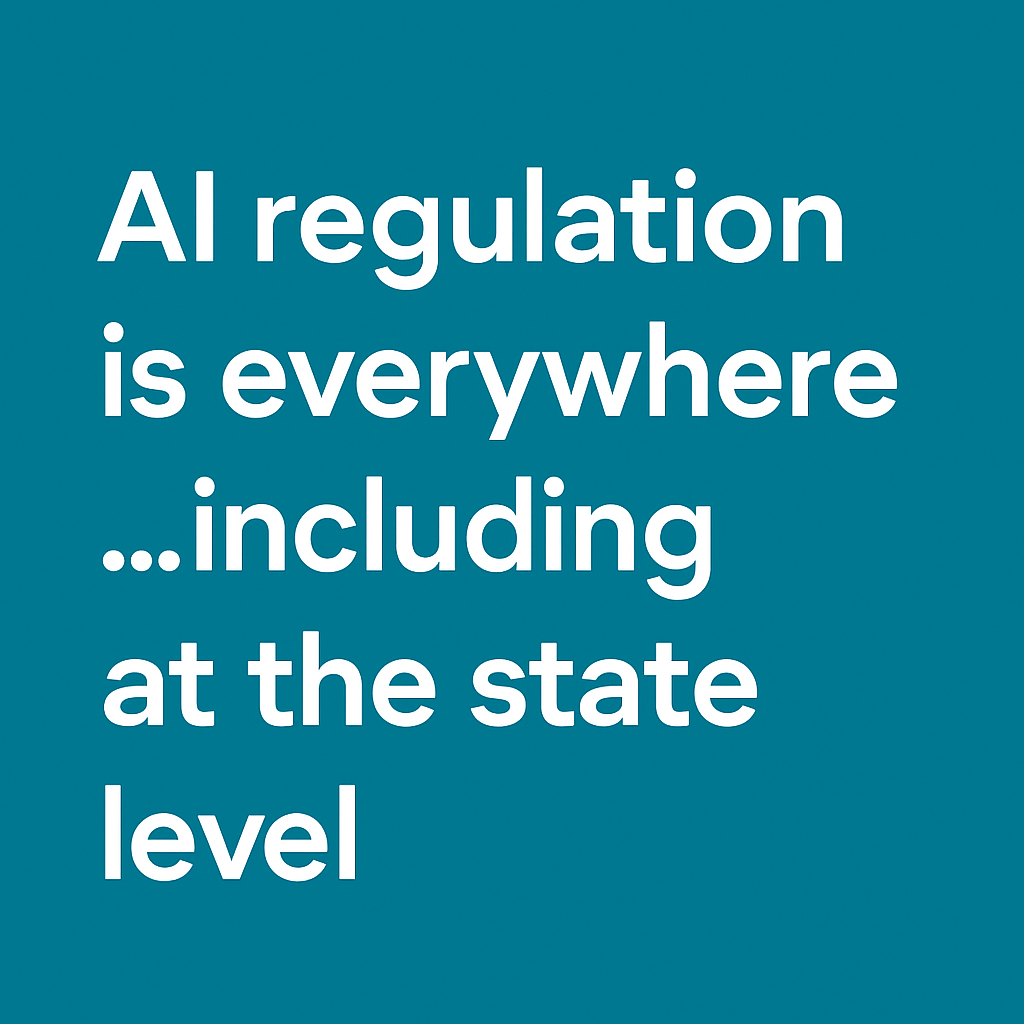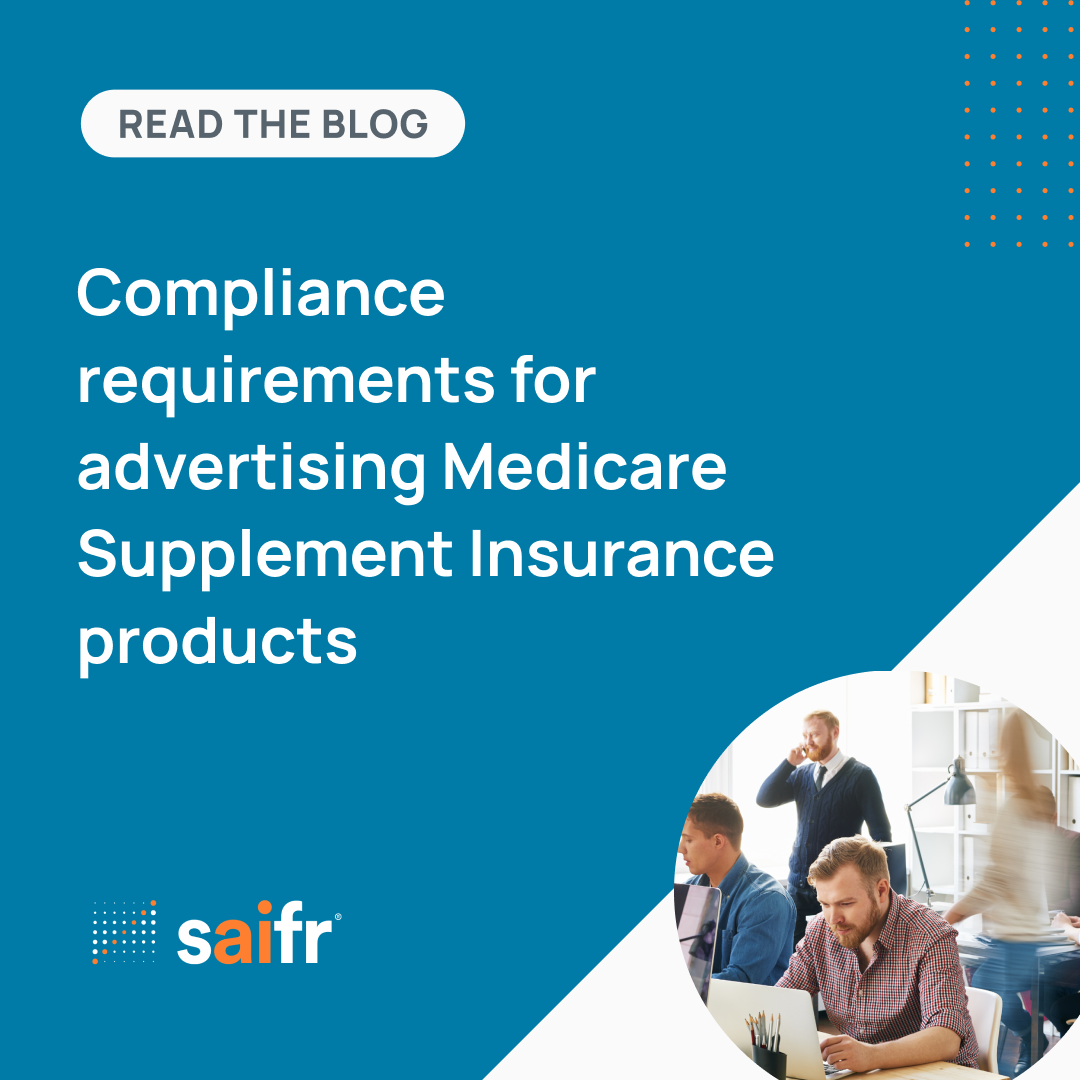As technologies go, artificial intelligence (AI) is still in its infancy. Nevertheless, the astonishing advances in machine learning techniques, even over the last few months, give the impression of an emerging technological revolution. Given the potential, many businesses are actively considering how they can use AI to enhance their own products and services. Investment businesses are no different. Broker-dealers, investment advisors, and others are actively looking at predictive data analytics and similar technologies (collectively, PDA, and it includes AI) to bring additional value and efficiency to investors. But, like any tool, PDA has the potential for abuse. Unsurprisingly, regulators have taken note, and are already proposing new rules to address these concerns.
The SEC says PDA technologies can create conflicts of interest
The Securities and Exchange Commission’s (SEC) proposed rule on PDA use is a case in point, including proposed regulations covering brokers-dealers and investment advisors.1 Here, the SEC has raised concerns regarding PDA-related conflicts of interest between such firms and their clients. For example, an investment advisor might have an incentive to encourage a client to move assets into their advisory account, which could conflict with the client’s interest, and a broker-dealer receiving commission-based compensation might have an incentive to maximize the frequency of transactions. The implementation of PDA by such firms, if poorly handled, could potentially facilitate conflicts of interest.
These concerns are not new and are broadly covered under existing securities regulations.2 However, the SEC expresses concerns that increasing use of PDA may expose investors to unique risks. The rapid pace at which PDA technologies evolve, allowing users to analyze large amounts of data, means that any conflicts could impact investors on a scale that is difficult for traditional oversight to address.
The consequence, in the SEC’s view, is that simple disclosure of potential conflicts, by itself, may be an ineffective way to address conflicts from PDA. The large datasets, complex algorithms, ability to learn investor behavior, and variability in outputs could result in lengthy, technical, and difficult-to-understand disclosures for investors. And the opacity and complexity of PDA technologies may make it challenging for firms to fully understand how the technology may be putting their interests ahead of investors’ in a way that traditional methods of analysis might not detect.
What does the SEC rule on PDA technologies propose?
The SEC’s proposed rule aims to address conflict of interest concerns with separate but similar versions of the rule for broker-dealers and investment advisors. The proposed rule would require broker-dealers and investment advisors to evaluate potential “covered technology” use in any “investor interaction” to identify reasonably foreseeable conflicts of interest, and to determine whether any such conflict of interest would place their interests ahead of investors’ interests. If so, they would be required to eliminate or neutralize the effect of any such conflicts of interest. The proposal would also require written policies and procedures to achieve compliance, including a written description of the process for evaluating the use of “covered technology” and a written description of the process for determining how to eliminate the effect of conflicts of interest. It would also require the keeping of records related to these obligations.
Complications of the proposed SEC rule on PDA technologies
At a glance, the proposed rule seems straightforward enough, but there are several potential issues.
First, the term “covered technology,” as used in the proposal, is broad, defined as “an analytical, technological, or computational function, algorithm, model, correlation matrix, or similar method or process that optimizes for, predicts, guides, forecasts, or directs investment-related behaviors or outcomes.”3 While the nominal focus of the proposed rule is the use of PDA, the scope of this definition could plausibly include many other “technologies” not typically thought of as PDA. For instance, the SEC’s discussion on the proposed rule explicitly notes “a spreadsheet that implements financial modeling tools or calculations … to reflect historical correlations between economic business cycles and the market returns of certain asset classes” as an example of a “covered technology.”4 Some firms may be surprised to discover that their activities fall under the proposed rule because they use Microsoft Excel.
Ebook → AI insights survey: Adopters, skeptics, and why it matters.
Second, the proposed rule states that a “conflict of interest” exists when a broker-dealer or investment advisor uses a covered technology that takes into consideration an interest of the broker-dealer or investment advisor, or an individual who is associated with a broker-dealer or investment advisor.5 This is again a broad definition, and is especially notable in that it does not take into account whether such a “conflict of interest” is contrary to the interest of the investor.
Third, the proposed rule covers not only recommendations to investors, but any “investor interaction,” defined as “engaging or communicating with an investor, including by exercising discretion with respect to an investor’s account; providing information to an investor; or soliciting an investor” (excepting “interactions solely for purposes of meeting legal or regulatory obligations or providing clerical, ministerial, or general administrative support”).6 This definition could cover a wide range of communications, in some cases even including brief emails to investors or newsletters. And while the broker-dealer version of the rule applies to investors who are natural persons, the investment advisor version of the rule defines “investor” as “any prospective or current client of an investment advisor or any prospective or current investor in a pooled investment vehicle … advised by the investment advisor.”7
Put together, the proposed rule has the potential to impose a significant compliance burden. A broker-dealer or investment advisor using virtually any sort of technology for finding investment opportunities and communicating the output of such technology to investors would likely be compelled, under the proposed rule, to establish an expansive compliance regime covering the reasonably foreseeable potential use of such technology. In the event that the technology, even incidentally, were determined to take the interests of the broker-dealer, or investment advisor into consideration, it would be required to determine if such interests were placed ahead of those of the investor, and if so, to eliminate or neutralize such “conflicts of interest” (even if the interests of the investor were not affected in any way).
Reactions to the SEC’s proposed PDA rule
The potential effects of the proposed rule have not gone unnoticed – as of October 2023, a number of comments from well-known organizations raising exactly these issues have been submitted to the SEC. These include a letter co-signed by Ann Wagner, Chairman of the House Subcommittee on Capital Markets, and a number of other prominent federal legislators, voicing concerns of overreach by the SEC.8 Given the scope of the proposed rule, further debate is likely to follow.
It is at least possible that the SEC will re-think its approach and revise or withdraw the proposed rule. And, given the concerns about regulatory overreach raised in Rep. Wagner’s letter, there is a chance that even if the proposed rule is codified as written, it might not survive judicial review (for instance, under the “major questions” doctrine currently favored by the U.S. Supreme Court).9 Nevertheless, given the potentially high cost of compliance under the proposed rule, and the restrictions on the use of commonplace technologies, it is likely worthwhile for broker-dealers and investment advisors to carefully monitor the status of the proposed rule and be prepared to implement its provisions if necessary. Comments to the SEC on the proposed rule were due on October 10, 2023.
To learn how compliance professionals at U.S. financial institutions are using AI, download our ebook, AI insights survey: Adopters, skeptics, and why it matters.
1. Conflicts of Interest Associated With the Use of Predictive Data Analytics by Broker-Dealers and Investment Advisers, 88 Fed. Reg. 53960 (proposed Aug. 9, 2023) (to be codified at 17 C.F.R. pts. 240 and 275).
2. See, e.g., Regulation Best Interest, 17 C.F.R. § 240.15l-1 (2022) (requiring brokers, dealers, and their associates to act in the best interest of retail customers when making a recommendation involving securities, without placing the interest of the person making the recommendation ahead of the customer).
3. 88 Fed. Reg. at 54021–23.
4. Id. at 53972.
5. Id. at 54021, 54023.
6. Id. at 54022–23.
7. Id. at 54023.
8. Ann Wagner et al., Comment Letter on Proposed Rule on the Use of Predictive Data Analytics by Broker-Dealers and Investment Advisers (Sep. 22, 2023), https://www.sec.gov/comments/s7-12-23/s71223-263559-629942.pdf (stating that “[t]he Proposal is misguided, unnecessarily broad, and threatens to harm both investors and our capital markets,” noting that “if the SEC intends to assume the role of a technology regulator, it should seek explicit authority from Congress,” and demanding additional information from the SEC).
9. W. Virginia v. Env’t Prot. Agency, 142 S. Ct. 2587, 2609 (2022) (“[T]he major questions doctrine ‘label’ … refers to an identifiable body of law that has developed over a series of significant cases all addressing a particular and recurring problem: agencies asserting highly consequential power beyond what Congress could reasonably be understood to have granted.” (cleaned up) (citations omitted)); see also Beau J. Baumann, The Major Questions Doctrine Reading List, Notice & Comment (Mar. 18, 2023), https://www.yalejreg.com/nc/the-major-questions-doctrine-reading-list-by-beau-j-baumann/.
The opinions provided are those of the author and not necessarily those of Fidelity Investments or its affiliates.
1109761.1.0


-1.png)




